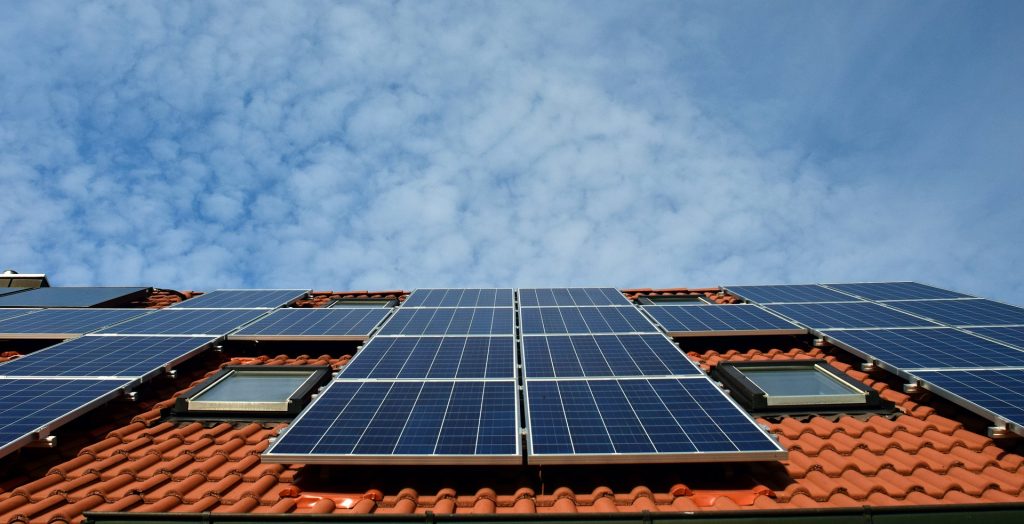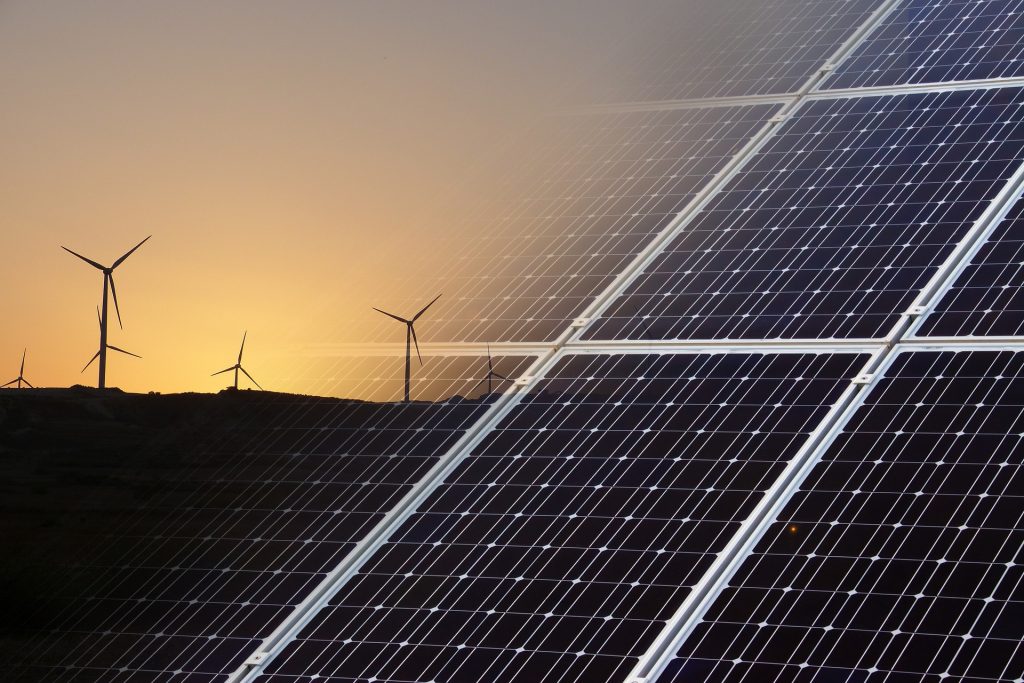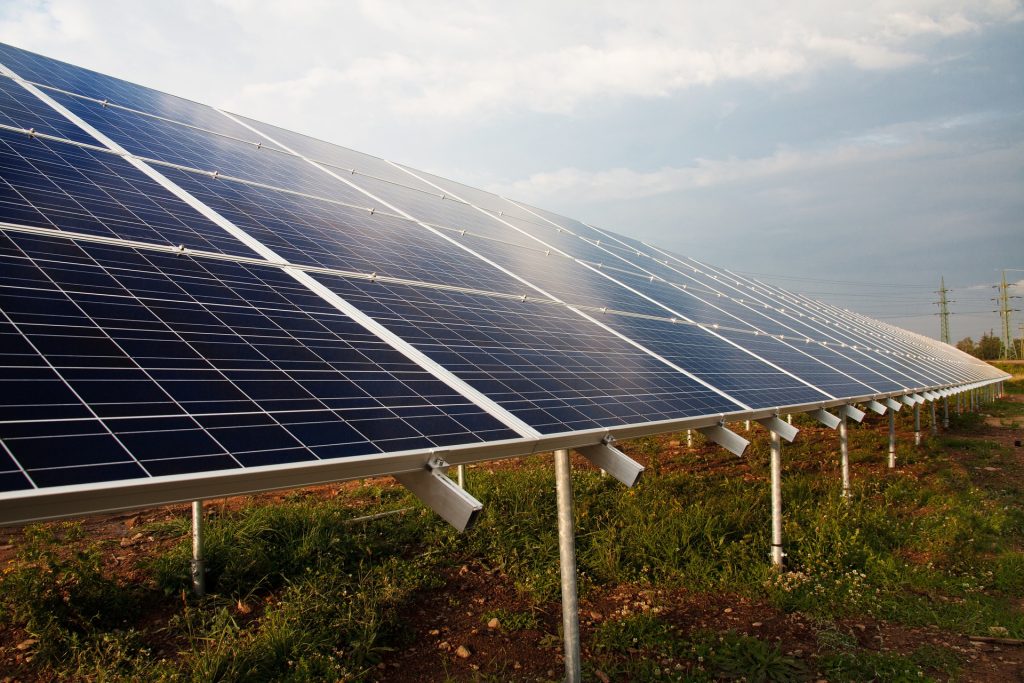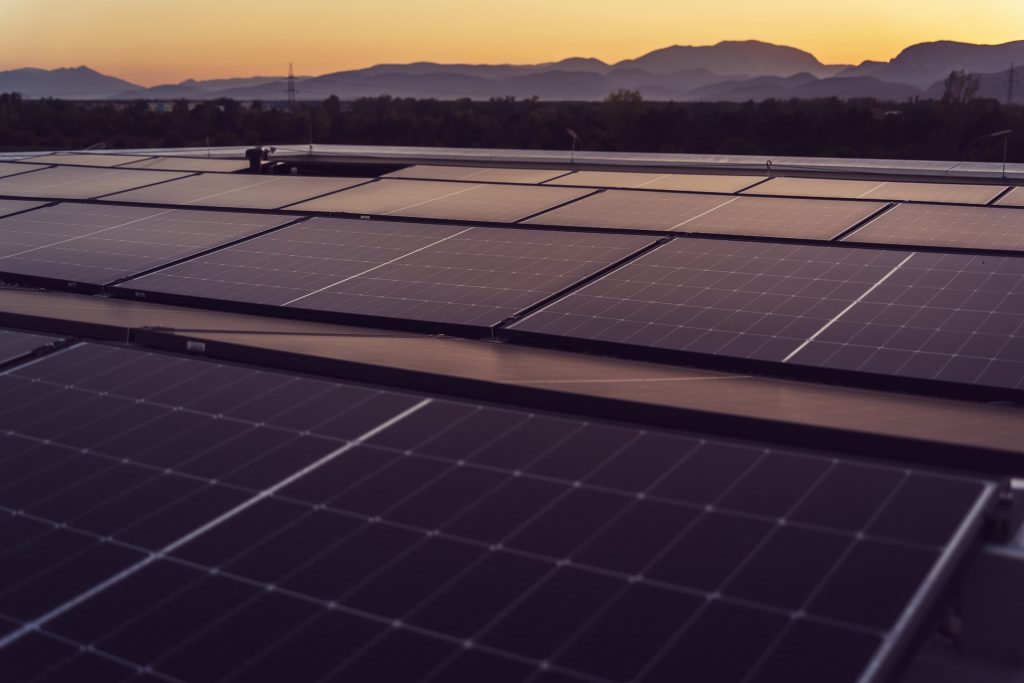October the 2nd, 2023 – Renewable energy and the environment are hot topics for us all of late. The current pace of the Croatian green transition could finally place the country among the top five of something positive.
As Darko Bicak/Poslovni Dnevnik writes, all current indicators point to the notion that renewable energy will achieve a share of more than 70% of annual electricity production. If this comes to pass, it would place the Croatian green transition among the top five countries of the European Union (EU).
Although subject to a high degree of uncertainty, the preliminary figures predict that the contribution of the use of wind, solar, biogas, biomass and geothermal energy to meeting our energy needs could reach 20% of our available energy this year alone.
According to data from HEP-ODS, Croatia had 353 MW of installed solar power plants on August the 1st, 2023. Due to the commissioning of new production capacities back during August, Croatia has been recording a large increase in the production of solar power plants.
Croatian capacities withstood a harsh heat wave this summer

According to the analysis of the Association of Renewable Energy Sources of Croatia (OIEH), back in August, wind power plants achieved excellent production, while production from geothermal capacities was significantly reduced. At the hourly level, electricity traffic during the month of August showed great variability in terms of daily consumption and peak load due to weather conditions and the influence of the height of the summer tourist season.
Due to the good hydrology, the country’s hydroelectric power plants performed excellently in August, with thermal power plants also working much more intensively. The Plomin thermal power plant recorded production of 145 GWh in August, while gas-fired thermal power plants produced 282 GWh. Back during August, due to high consumption, it was necessary to import a lot of electricity into the country, 160 Gwh of it to be exact. The maximum import was 1371 MWh/h, and Croatia imported the most during the heatwave in the period from August the 21st to the 27th. RHE Velebit was out of operation for almost a whole month.
The Croatian green transition hopes to see imports drastically reduced

“The strong growth of the production capacity of Croatian solar power plants over the past year has followed an exponential curve. If this growth continues up until the end of the year, we’ll be able to reach almost 500 MW of solar power, which will significantly contribute to balanced electricity use and ultimately lower imports.
The total production of the country’s wind farms in August stood at 186,958 MWh, and the power utilisation factor was 23%, which is higher than the multi-year average for that same month. The average production of wind power plants in August was 251.3 MWh/h, the maximum production per hour was 774 MWh/h, and the maximum power utilisation factor was 70.9%”, according to OIEH, headed by director Maja Pokrovac.
Electricity produced by OIEH covered up to 50% of consumption on an hourly basis during the month of August, and there were periods when it covered only 3.2% of consumption. Due to the favourable water conditions in the reservoirs in the system, there were generally enough flexibility resources for system services and balancing services on the production side, while a portion was realised on interconnections (export/import) for system balancing.
The maximum hourly traffic stood at 3872 MWh/h, while the maximum hourly transit was 850 MWh/h. The OIEH pointed out that the transmission network withstood all ofthis well, especially during the heatwave.
Importers and exporters

According to this analysis, the total turnover of electricity within the power system in the Republic of Croatia during the first eight months of this year amounted to 17,352 GWh, of which the available energy, i.e. the demand, amounted to 13,246 GWh.
In this year’s period, Croatia also succeeded in being the exporters of electricity, while last year the country was forced to import it. This stark turnaround showcases how successful the ongoing Croatian green transition is. During the first eight months of 2023, the country sold and exported 926 GWh of electricity, while in the same period last year, it had to purchase and import 1580 GWh. This makes a difference of 2506 GWh which, along with the current market prices of electricity, certainly brought excellent financial results to domestic energy companies.












